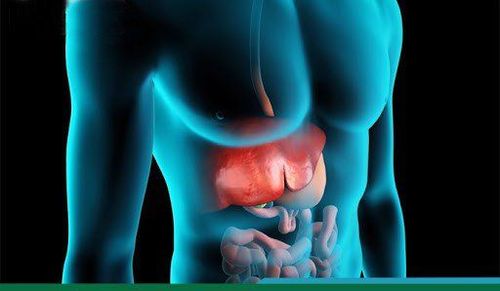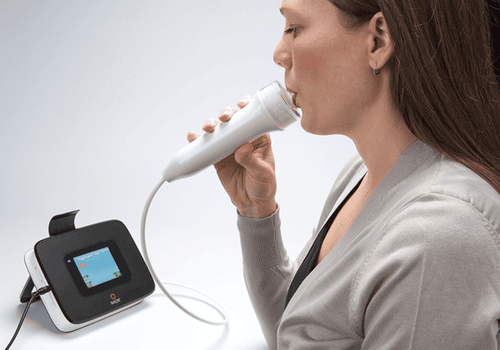This is an automatically translated article.
The article was professionally consulted by Dr. Nguyen Van Dinh - Head of Respiratory - Asthma - Allergy - Clinical Immunology Unit, Vinmec Times City International Hospital.Asthma is a disease characterized by chronic inflammation of the bronchial mucosa manifested by bronchial obstruction response to exposure to allergens. Patients with bronchial asthma often have symptoms of shortness of breath, tachypnea, chest tightness, and coughing that occurs at night.
1. Risk factors for bronchial asthma
1.1. Geological factors
Organ Atopy (atopic): more than 50% of asthmatic patients have Atopy organ. Gender: In children, boys are more likely to have asthma than girls. However, in adulthood, women have asthma more often than men. Obesity is also a risk factor for asthma.
1.2. Environmental factors
Allergens are the most important factors in the development of asthma such as: House dust, cat and dog hair, cockroaches, fungi, pollen.. Occupational sensitizers: Chemical substances Air pollution

Respiratory infections: The hypothesis has been proven in people with bronchial asthma without atopy Other factors: Low socioeconomic status, drug use (drugs belonging to the NSAID group)...
2. Definitive diagnosis of bronchial asthma
The doctor will diagnose the patient's bronchial asthma based on the following factors:
Personal and family history of allergic diseases such as eczema, urticaria, allergic rhinitis, or been diagnosed with asthma. There is a cough, wheezing, shortness of breath, and chest tightness that often appear at night, recur many times, especially when exposed to allergens or when weather changes. When taking bronchodilators, the attack improves or stops. Auscultation of the lungs during dyspnea with crackles and snoring. Measure peak flow (PEF) in settings where a peak flow meter is available: PEF is increased by 20% or more from pre-medication, or morning-afternoon PEF is equal to or greater than 20%, suggest the diagnosis of asthma. Pulmonary function assessment has airflow limitation when obstructive, this limit is not fixed, often changes before and after bronchodilator or exercise or after treatment. Measurement of nitric oxide (NO) in exhaled air can help diagnose asthma when clinical symptoms are atypical and lung function tests are normal. High exhaled NO concentrations are associated with airway inflammation, which is itself associated with clinical symptoms suggestive of asthma. The measurement of NO in exhaled air also helps diagnose the disease better than other common respiratory function tests such as measuring forced expiratory volume in 1 second (FEV1), the ratio FEV1 / total forced vital capacity (FEV1). FVC) and and change in peak expiratory flow (PEF).
3. Differential diagnosis
Heart attack: History of heart disease, history of dyspnea on exertion (different from dyspnea due to bronchial asthma which is often related to weather, allergic factors), auscultation with moist rales in addition to rales snoring, snoring, blood pressure measurement is often high. If the distinction is uncertain, inhaled or nebulized beta-agonists should be used, and oral administration should be avoided. Pneumothorax: There is no history of dyspnea, auscultation of the lungs without crackles, and pneumothorax syndrome in one lung. Chronic Obstructive Pulmonary Disease Exacerbation: A history of intermittent rather than acute dyspnea, dyspnea that usually does not begin in childhood and is commonly seen in men who are heavy smokers.
Acute bronchiolitis : Usually accompanied by fever, cough with sputum (bronchial asthma, cough is usually dry). Foreign body in the respiratory tract: coughing, cyanosis, difficulty breathing. Asthma is a chronic inflammatory disease of the airways mucosa, if not diagnosed correctly, the management of asthma will be very difficult. Therefore, patients need to be examined and treated at reputable clinics and hospitals as soon as possible. And Vinmec main hospital is a prestigious address for asthma examination and treatment. With a team of highly qualified and dedicated doctors in their work, you and your loved ones will be examined, diagnosed accurately and recommend effective treatment and control plans for asthma.
Please dial HOTLINE for more information or register for an appointment HERE. Download MyVinmec app to make appointments faster and to manage your bookings easily.














